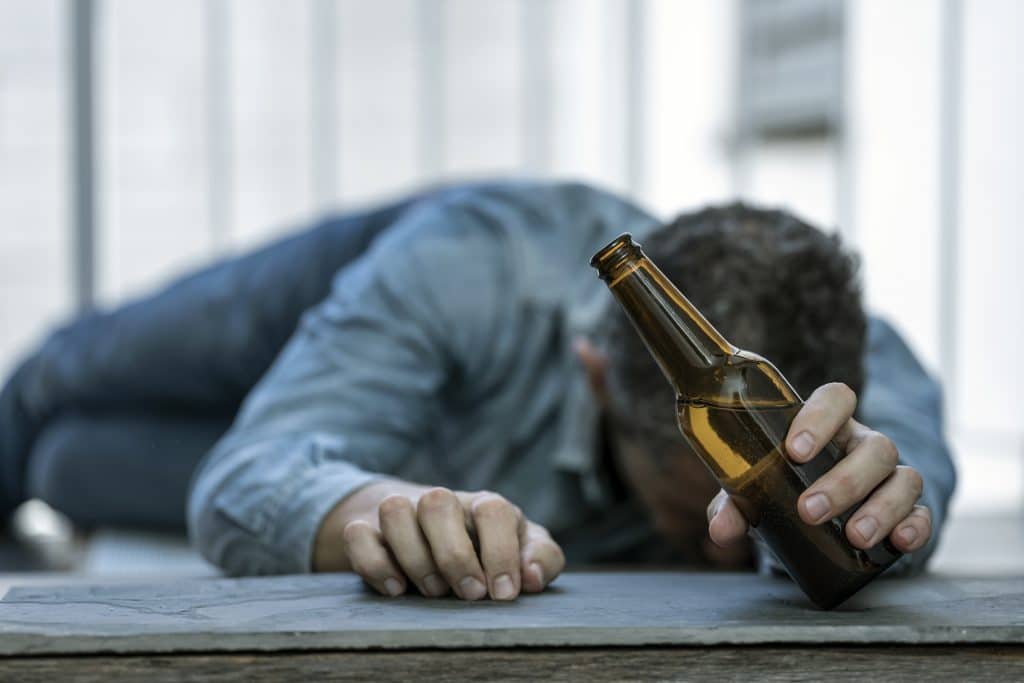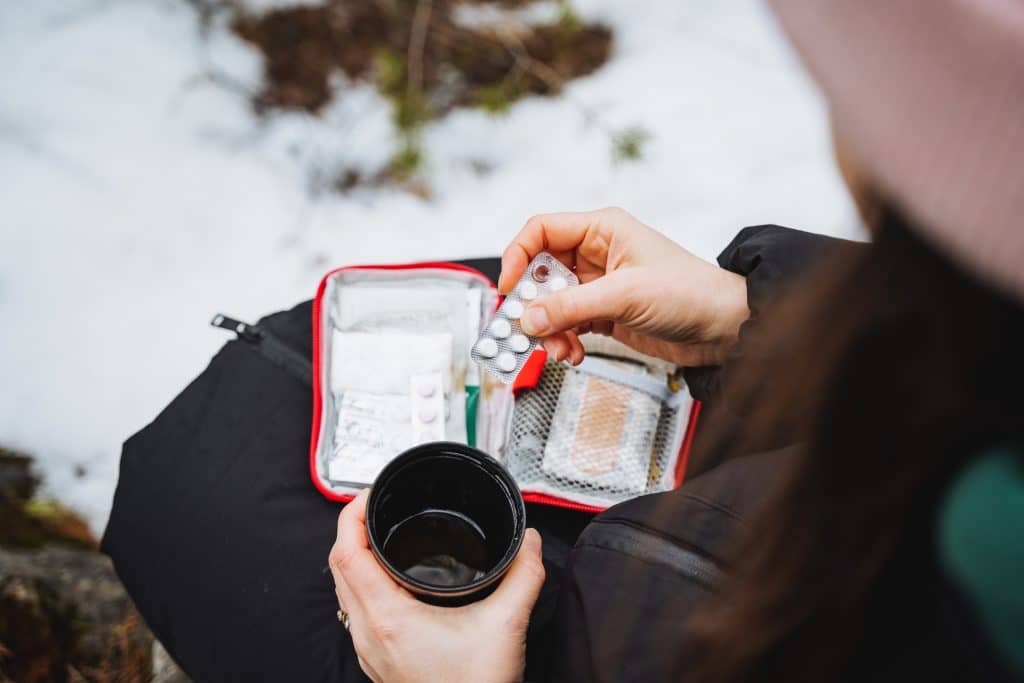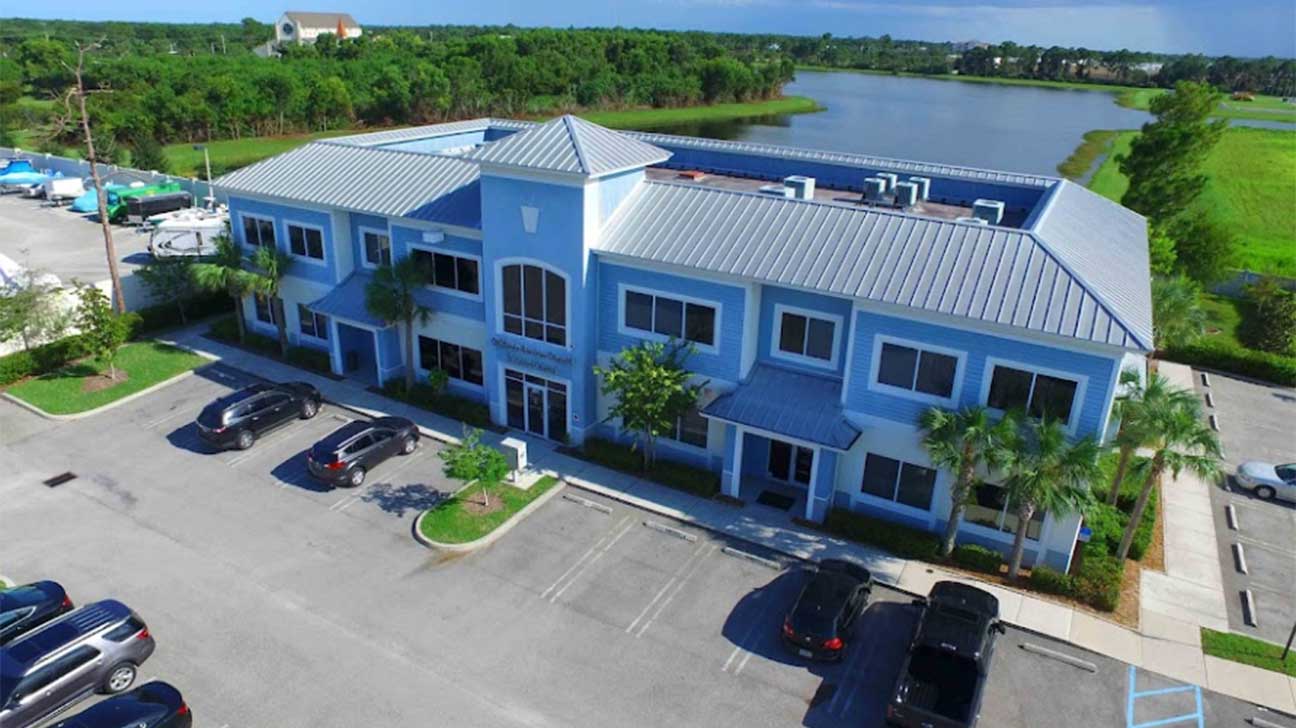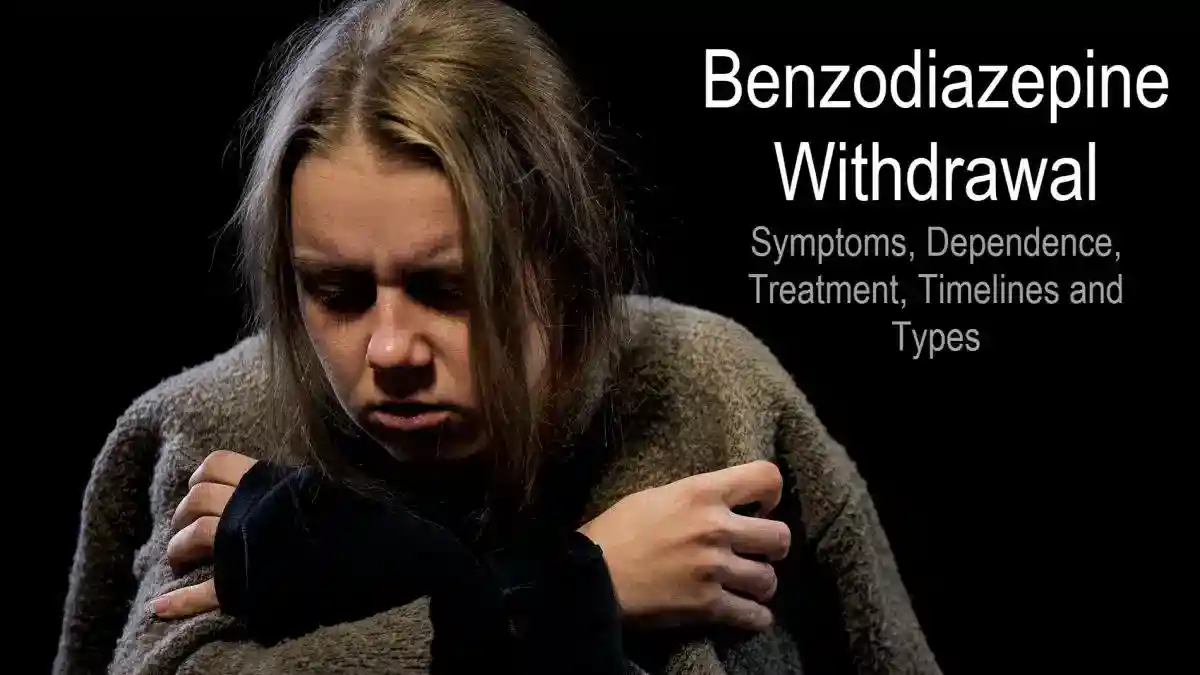
Addiction affects millions of people, with certain types being more prevalent. This article covers the most common addictions, from alcohol to video games, helping you understand the scope, signs, and societal impact of each. Learn about these widespread issues and what can be done to address them.
Key Takeaways
- Alcohol and nicotine addiction are among the most common, impacting millions and posing severe health risks.
- Different types of addictions, whether physical, behavioral, or impulse control, require tailored treatment approaches for effective recovery.
- Addressing addiction is crucial not only for individual wellbeing but also for reducing the societal and financial costs associated with untreated conditions.
Alcohol Addiction

Alcohol use disorder is the most widespread addiction in the United States, affecting millions of people across all age groups. This condition is characterized by a persistent craving for alcohol and an inability to control consumption despite the negative consequences it brings.
The numbers are staggering—approximately 14.5 million people aged 12 and older had an alcohol use disorder in 2019. The health risks associated with alcohol abuse are severe, including liver disease, alcohol overdose, and fatal drunk driving incidents.
The impact of alcohol addiction extends beyond individual health, affecting families and communities through increased violence, accidents, and social disintegration. Yet, despite the evident dangers, a significant gap exists between those who need treatment and those who receive it.
In 2018, only 7.9% of Americans with alcohol use disorders sought treatment, highlighting a significant gap in support. Accepting that there is an issue and seeking help is the critical first step towards recovery.
Treatment options for alcohol use disorder are available and can be highly effective. However, the journey to sobriety often involves battling severe withdrawal symptoms, which can make quitting a daunting task.
But with the right support and medical intervention, recovery is possible, enabling individuals to reclaim their lives from the grip of alcohol addiction.
Find Hope and Healing: Call Us Now!
Take the first step towards a brighter future! If you or a loved one is seeking support for substance abuse, we are here to help. Call us today and let our dedicated team guide you to the right treatment options. Your path to recovery starts now!
- Connect with an expert addiction specialist 24/7/365
- Learn about treatment costs
- Arrange fast access to a treatment program
Request a Call
OR
Make a Call
Nicotine Addiction
Nicotine addiction, often overshadowed by other substance use disorders, is another pervasive issue. Though vaping is considered less harmful than traditional smoking, it is not without significant health risks.
E-cigarettes have been linked to serious lung injuries, with over 2,800 cases identified by the CDC, and the nicotine in these products can be as addictive as heroin and cocaine.
The rise in e-cigarette usage, particularly among youth, is alarming. Over 2 million middle and high school students reported using e-cigarettes in 2021. This surge is partly due to the drastic increase in the sales of disposable e-cigarettes, which shot up by 1,000% among high school students since 2019.
Daily use has risen significantly, indicating a growing dependency on nicotine.
Despite this, about 70% of smokers express a desire to quit smoking. Nicotine addiction involves a powerful urge to keep using tobacco products despite awareness of their harmful effects. The journey to quit smoking can be challenging but is supported by various addiction treatment methods, including nicotine replacement therapies and behavioral support.
Opioid Addiction

Opioid addiction, driven by substances such as heroin and prescription painkillers, has become a significant public health crisis. The primary characteristic of opioid addiction is physical dependence, which leads to severe withdrawal symptoms when the substance is not used.
These symptoms can be extremely challenging to manage, making it difficult for individuals to quit.
The statistics are sobering; in 2021, there were 100,306 opioid-related deaths in the U.S., highlighting the severe risks associated with opioid use and the alarming increase in drug overdose deaths.
Factors contributing to the rise of opioid addiction include the misuse of prescription medications and the use of illegal drugs.
Effective treatment for opioid addiction often involves medication-assisted treatment (MAT), which combines medications and therapy to manage withdrawal symptoms and reduce cravings. This approach is essential for effectively handling heroin addiction.
With 1.1% of Americans aged 12 or older having an opioid use disorder in 2020, it’s clear that this issue remains a significant challenge.
Prescription Drug Addiction
Prescription drug addiction is a widespread issue that involves the misuse of medications such as:
- pain relievers
- tranquilizers
- stimulants
- sedatives
In 2023, around 5.3 million individuals aged 12 and older experienced a substance use disorder involving pain relievers. Approximately 2.3 million Americans aged 12 or older reported a substance use disorder involving tranquilizers or sedatives in the past year.
Meanwhile, about 1.7 million people aged 12 and older suffered from a substance use disorder involving prescription stimulants like Adderall within the past year.
The misuse of prescription drugs can lead to severe addiction and health issues, even when they are initially prescribed for legitimate medical reasons. Addressing prescription drug addiction typically requires a comprehensive approach, including detoxification, counseling, and support groups.
It’s important for individuals to seek help early to prevent the escalation of their addiction and mitigate health risks.
Stimulant Addiction

Stimulant addiction encompasses both prescription drugs like Ritalin and Adderall as well as illicit drugs like methamphetamine and cocaine, including illegal drug use. Law enforcement agencies in certain areas of the U.S. view methamphetamine and fentanyl as the greatest threats.
Despite a drop in cocaine addiction rates, it remains the second most trafficked illicit drug abuse in the U.S.
The prevalence of stimulant use among youth is concerning. In 2020, 0.2% of individuals aged 12 or older had a stimulant use disorder, and 1.2% of 12th graders reported using cocaine in the past 12 months.
The number of cocaine overdose deaths nearly tripled from 2013 to 2018, particularly affecting adults aged 35-44.
Stimulant addiction is characterized by severe withdrawal symptoms, making quitting a significant challenge. Combining behavioral therapy with medical intervention effectively manages cravings and withdrawal symptoms.
Cannabis Addiction
Cannabis addiction is becoming increasingly common, influenced by the legalization trend and the rising potency of marijuana. In 2020, 5.1% of Americans who were 12 years old or older were reported to have marijuana use disorder.
This statistic indicates a notable prevalence of the disorder among this age group. Marijuana is currently the most used drug in the US, as highlighted by drug abuse statistics.
The potency of marijuana has increased over 60% over the past decade, contributing to higher addiction rates. The risk of developing a marijuana use disorder is significantly higher for individuals who start using marijuana before the age of 18.
Despite its perceived safety, marijuana addiction can have serious health and social consequences. Behavioral therapies and support groups are available to help individuals manage their addiction and its effects on their lives.
Inhalant Addiction
Inhalant addiction is commonly known as ‘huffing’. It entails the abuse of various substances, including solvents, aerosol sprays, and gases. These substances are often easily accessible in household products, making them popular among adolescents.
The dangers of inhalant addiction are significant. Regular use can lead to serious health issues, including seizures, coma, and potentially death. In 2020, around 0.9% of Americans aged 12 and older had an addiction to inhalants. This statistic highlights the prevalence of this issue within that age group.
Addressing inhalant addiction requires focusing on both the physical and psychological aspects. This often includes detoxification, counseling, and support groups to help individuals recover and avoid relapse.
Gambling Addiction
Gambling addiction is characterized by a compulsive urge to gamble despite negative consequences. This addiction can lead to significant financial loss, debt, and strained relationships.
Here are some statistics related to gambling addiction:
- About 3% of American problem gamblers can accumulate over $300,000 in gambling debts.
- Approximately 20 million Americans face gambling-related issues or are at risk.
- Men are 1.5 to 2 times more likely to develop gambling problems compared to women.
- The state of Oklahoma has the highest gambling addiction rate in the U.S., at 6.2%.
Gambling addiction is often treated with cognitive-behavioral therapy and support groups. These approaches help individuals manage their compulsive behaviors and rebuild their lives.
Internet Addiction
Internet addiction involves the excessive use of the internet. This behavior can significantly disrupt daily life. This addiction can lead to social isolation, reducing face-to-face interactions and exacerbating feelings of loneliness.
Individuals with internet addiction may also experience negative self-image due to constant comparisons with idealized online personas.
The impact of internet addiction extends to sleep patterns, as late-night internet activity can disrupt sleep, leading to increased anxiety and mood disturbances. Engaging with online content triggers dopamine release, reinforcing compulsive internet use and leading to addictive behaviors.
Behavioral therapies and support groups often assist individuals in managing their internet use and addressing underlying issues.
Food Addiction
Food addiction is associated with health issues such as:
- obesity
- eating disorders
- diabetes
- heart disease
Certain foods high in fat, sugar, and salt are often considered highly addictive. Snacks and meals that are high in sugar and fat contribute significantly to food addiction.
This addiction can override the body’s natural signals regarding hunger and satiety, leading to overeating and subsequent health problems. Cognitive behavioral therapy (CBT) is an effective treatment approach for managing food addiction.
Support groups like Overeaters Anonymous provide resources and community support for individuals dealing with food addiction, helping them to navigate their recovery journey.
Sex Addiction
Sex addiction, also known as sexual dependency, hypersexuality, or compulsive sexual behavior, affects over 30 million individuals in the United States. This addiction can strain relationships, lead to risky behaviors, and overshadow responsibilities, creating significant distress.
Individuals with sex addiction often turn to compulsive sexual behaviors to reduce anxiety, escape reality, or cope with psychological issues. Sex addiction treatment may involve Cognitive Behavioral Therapy (CBT), support groups, and medication to manage symptoms.
Sex Addicts Anonymous offers a 12-Step program specifically designed for individuals seeking help with sex addiction. These programs help individuals develop coping strategies to manage triggers and resolve underlying psychological needs.
Video Game Addiction
Video game addiction can interfere with daily responsibilities and lead to social isolation. It can also cause mood swings and decrease physical activity. Nearly 10% of gamers experience compulsive addiction issues, while globally, up to 3% are affected by video game addiction.
This addiction is significant enough that internet gaming disorder has been suggested for inclusion in the DSM-5 as a recognized condition. Behavioral therapies and support groups often help individuals manage their gaming habits and underlying issues.
Find Hope and Healing: Call Us Now!
Take the first step towards a brighter future! If you or a loved one is seeking support for substance abuse, we are here to help. Call us today and let our dedicated team guide you to the right treatment options. Your path to recovery starts now!
- Connect with an expert addiction specialist 24/7/365
- Learn about treatment costs
- Arrange fast access to a treatment program
Request a Call
OR
Make a Call
What is Addiction?
Addiction is classified as a chronic condition that involves compulsive behavior despite adverse outcomes. The American Society of Addiction Medicine defines addiction as a chronic brain disorder affecting reward, motivation, and memory functions.
Anything that activates the brain’s reward circuits has the potential to be addictive. Such stimuli can lead to compulsive behaviors.
Addiction can be categorized into three main types. These are physical addiction, behavioral addiction, and impulse control addiction. Each type affects individuals differently and requires distinct approaches for effective treatment.
Understanding these classifications helps in recognizing the multifaceted nature of addiction and in developing comprehensive treatment plans.
Physical Addictions
Physical addictions are characterized by physical dependence and withdrawal symptoms. Common substances associated with physical addictions include alcohol, tobacco, opioids, marijuana, and cocaine.
Drug abuse can create either physical or psychological dependence, contributing to the complexity of addiction.
Factors contributing to the development of physical addiction include family history, peer pressure, mental health issues, neurotransmitter imbalances, and coping with emotions.
Addressing these factors is crucial in the treatment process, which often involves detoxification and medical interventions to manage withdrawal symptoms.
Behavioral Addictions
Behavioral addictions are characterized by compulsive engagement in rewarding behaviors, despite negative consequences. Examples of behavioral addictions include:
- gambling
- sex addiction
- internet addiction
- shopping addiction
These addictions can lead to significant physical, mental, and social consequences.
Behavioral addictions often stem from common underlying issues. These can include mental health problems, life stressors, and changes in brain functioning. Cognitive-behavioral therapy is commonly used to address harmful patterns and help individuals regain control over their behaviors.
Impulse Control Disorders
Impulse control disorders are characterized by an inability to manage harmful urges effectively. Disorders involving difficulties in controlling harmful impulses are classified as impulse control disorders.
Factors contributing to impulse control disorders may include:
- Genetics
- Social factors
- Environmental influences
- Biological factors
Treatment for impulse control disorders may include therapy, with cognitive-behavioral therapy (CBT) being the primary approach. These therapeutic approaches focus on modifying impulsive behaviors through behavioral strategies to help individuals manage their urges and reduce harmful behaviors.
How Does Treatment Vary by Addiction Type?
The annual societal costs of substance abuse, including health care and lost productivity, exceed $532 billion. Tailored treatment plans significantly improve outcomes for individuals struggling with addiction.
Different types of addictions require different approaches to treatment, acknowledging the unique challenges each addiction presents.
Behavioral Addictions
Cognitive-behavioral therapy (CBT) is commonly used to treat behavioral addictions by addressing harmful thought patterns. Treatment for behavioral addictions may involve cognitive-behavioral therapy to address harmful patterns.
Treatment centers and rehabilitation facilities specialize in addressing behavioral addictions for those seeking help.
Physical Addictions
Withdrawal symptoms from inhalant use can occur after just three months of regular consumption. Severe internet addiction can result in withdrawal symptoms such as irritability and anxiety when access to the internet is restricted.
During recovery from inhalant addiction, chemicals remain in the brain and body, complicating the recovery process.
Counseling is a primary method for treating physical addictions. Another important approach is detoxification. These methods help manage severe withdrawal symptoms and ensure a safer recovery process for individuals battling physical addictions.
Impulse Control Addictions
Impulse control addictions typically require tailored interventions focused on impulse management and behavioral strategies. Treatment for impulse control addictions typically includes behavioral strategies aimed at managing harmful urges.
Therapy for impulse control addictions focuses on modifying impulsive behaviors through behavioral strategies.
The Connection Between Mental Health and Addiction
Roughly 53% of individuals who abuse drugs also struggle with at least one mental health disorder. Studies show that comorbidity of psychiatric disorders with substance use disorders and substance abuse disorder is common, affecting up to 45% of individuals with psychiatric conditions.
The interaction between mental health disorders and substance abuse disorders can increase the severity of symptoms and complicate recovery efforts.
Mental health disorders may elevate the likelihood of developing an addiction. This connection highlights the importance of addressing both mental health and substance use issues.
High-intensity, multifaceted interventions tailored to both conditions are often necessary for effective treatment of comorbid individuals. Integrated treatment strategies that combine psychotherapy and medication management have been found more effective than treating disorders separately.
Addressing both addiction and mental health issues simultaneously is crucial for successful recovery.
This holistic approach ensures that all aspects of an individual’s physical and mental health are considered, leading to better outcomes and a higher likelihood of sustained recovery, as emphasized by the world health organization.
Consequences of Untreated Addiction
Untreated addictions can cost over $43,200 per person each year, primarily due to incarceration costs. The financial burden on society due to gambling addiction is estimated at $8 billion annually in the U.S. Suicide rates among individuals with gambling problems are 15 times higher than the general population.
Video game addiction can lead to impaired self-care and disrupted relationships, affecting multiple areas of life. In 2023, U.S. gamblers lost a total of $264 billion, averaging $1,026 per adult over 18. Estimates suggest that video game addiction may impact between 1.7% and 10% of people in the United States.
The numerous negative consequences of untreated addiction highlight the importance of early intervention and treatment. Tackling addiction improves individual lives and reduces broader societal impacts.
Summary
In summary, understanding the different types of addictions, from alcohol and nicotine to gambling and internet use, is crucial for recognizing and addressing these issues early. Each type of addiction presents unique challenges and requires tailored treatment approaches to ensure effective recovery.
Addressing addiction comprehensively involves recognizing the connection between mental health and substance use, as well as the severe consequences of leaving addiction untreated.
By seeking help and utilizing the available treatment options, individuals can reclaim their lives and contribute to healthier communities. Remember, recovery is possible, and taking the first step is the most important part of the journey.
Find Hope and Healing: Call Us Now!
Take the first step towards a brighter future! If you or a loved one is seeking support for substance abuse, we are here to help. Call us today and let our dedicated team guide you to the right treatment options. Your path to recovery starts now!
- Connect with an expert addiction specialist 24/7/365
- Learn about treatment costs
- Arrange fast access to a treatment program
Request a Call
OR
Make a Call
Frequently Asked Questions
What is the most common addiction in the United States?
Alcohol use disorder is the most common addiction in the U.S., impacting millions across various age groups. It’s a real struggle for many people.
How does nicotine addiction compare to other substance use disorders?
Nicotine addiction is super common and just as addictive as heroin and cocaine, especially with more young people vaping nowadays. It definitely comes with serious health risks, so it’s no joke!
What are the treatment options for opioid addiction?
The best way to tackle opioid addiction is through medication-assisted treatment (MAT), which pairs medications with therapy to help alleviate withdrawal symptoms and cravings. It’s a solid approach to getting back on track!
Can behavioral addictions be treated?
Absolutely, behavioral addictions can be treated! Cognitive-behavioral therapy (CBT) and support groups are great tools to help break those harmful patterns and take back control.
What are the consequences of untreated addiction?
Untreated addiction can seriously mess up your life, leading to financial troubles, health issues, and strained relationships. It’s crucial to seek help to avoid these harsh consequences.
Our helpline is 100%
free & confidential
If you or someone you care about is struggling with drug or alcohol addiction, we can help you explore your recovery options. Don’t face this challenge alone—seek support from us.
Programs
Resources
Will my insurance
cover addiction
treatment?
We're ready to help
Find the best
drug or alcohol treatment
center
Are you or a loved one struggling with addiction? Call today to speak to a treatment expert.












